…As mentioned earlier, the ‘Utrecht’ was a special ship.
Its engine room layout also had some differences.
Most tugs had their engine room under the aft deck and behind the main engines a reduction gearbox with a short propeller shaft.
The engine room on the ‘Utrecht’ was centrally located in the ship, requiring a long propeller shaft.
Behind the main engines was the gearbox, connected by powder couplers.
Even though different from the usual.
Normally these were liquid couplers.
If we had to sail, it was; slide down the stairs, pump the main engines one by one with oil, turning the lubricators, open the air tanks, add an extra auxiliary engine for the anchor winch, switch on the air compressor and dip the ‘licks’ and place them on the propeller shaft bearing.
Meanwhile you had to be careful not to hurt your shins, because you went through the watertight door opening with sea threshold to the shaft tunnel.
Then the starting of the engines, always a special event.
A little bit of air to check that there is no water on the pistons.
Then close the indicator cranes, again a jolt of air, let the engine rev up and push it through.
Then the engine started, thumping and coughing; a lovely sound.
A nice sight to see all those rocker arms moving rhythmically.
They were lubricated with a mixture ’50/50′ (gas – and lubricating oil).
Sometimes a valve was stuck; with the help of a crowbar and a heavy injection you could get it loose while turning.
There was otherwise a good chance that the push rod would get damaged.
Later the lubricating oil – and fuel separator were added.
The propeller shaft kept you shiny by placing a mat on top of it, during the rotation it sanded nicely clear.
Cleanliness on the ‘plate’.
To get from the propeller shaft tunnel to the steering engine room, you had to wring in all bends: step over the propeller shaft, then turn a quarter turn and crawl into the steering engine room.
You were sitting straight above the propeller and you would notice when the ‘Utrecht’ lifted its poop a little out of the water.
Still, you could secretly take a nap there, the ‘rags’ were stored there.
The propeller shaft seal was a drama: pock wood.
You still had to pump it by hand with grease that did not dissolve in water, thick grease.
The lubricator was at the top of the engine room and was often blocked by the long pipes.
There was no point in tightening the gland seal, everything was stiffly rusted.
So some seawater was constantly seeping in.
It was therefore important to regularly lens the ‘bilge’.
Soon this was replaced by a ‘Simplex seal’, which was a big improvement.
In the picture below the driver at the manoeuvring position: his left hand operated both engines (could also be done separately).
When turning very slowly you sometimes had to look back to see if not one had stopped, these two eight-cylinder engines were running so quietly.
His right hand operated the gears, three forwards and one backwards.
When you had to reverse, the ‘engines’ started to blow and squeak, the smoke came from under the cilinder heads.
Manoeuvring was only done in 1st gear, once on the sea you quickly went from 2nd to 3rd gear.
The speed of the ship was further determined by the exhaust temperatures of the engines.
The oilman kept track of the bridge orders on the telegraph.
Writing, like on merchant ships, was not done; that was impossible.
The engines once had atomized cooling, but that was no longer applied.
The small tanks were uselessly hung under the engines at the front.
We used them, however, to hide our smokables and drinks in them from the ‘black gang’.
In England they came regularly on board the ship.
The ‘black gang’ was a special department of customs, which suddenly appeared on board and really turned everything upside down to find out the contraband.
They were wearing dark overalls, hence the name.
Everything had to be behind ‘seal’, if you needed something you would buy it ashore.
Even when ‘Prince Willem Alexander’ was born, they were inexorable.
You just drink that drink in a pub ashore.
Once, after a tip, we had hung a bag of drinks and smokables on the spare anchor and had it lowering.
When we picked it up the bag tore and everything was lost, only one tin of shag was floating up.
![]()
You had something to do with those people!
Fortunately they had to do all the work themselves under the supervision of a mate and a ship’s engineer.
We always said that it were prisoners who, if they found something, would get a reduction in sentences!

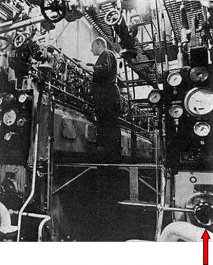
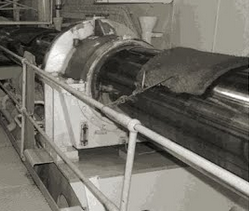
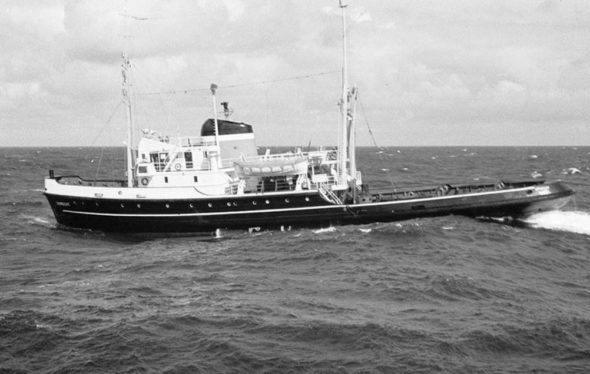
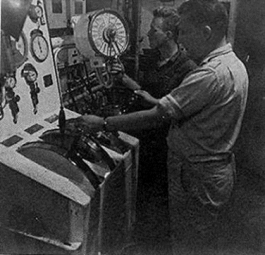
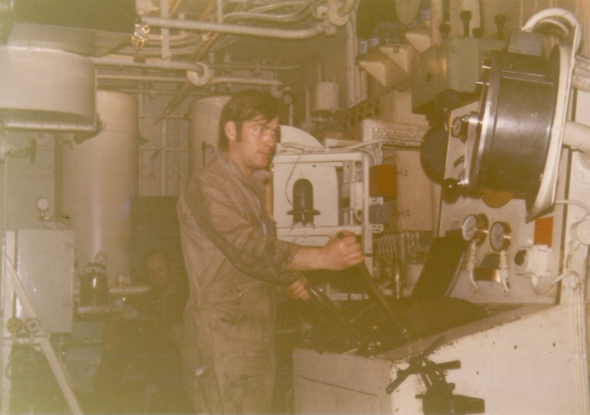
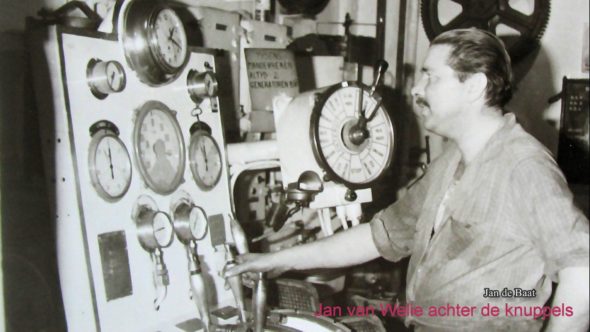
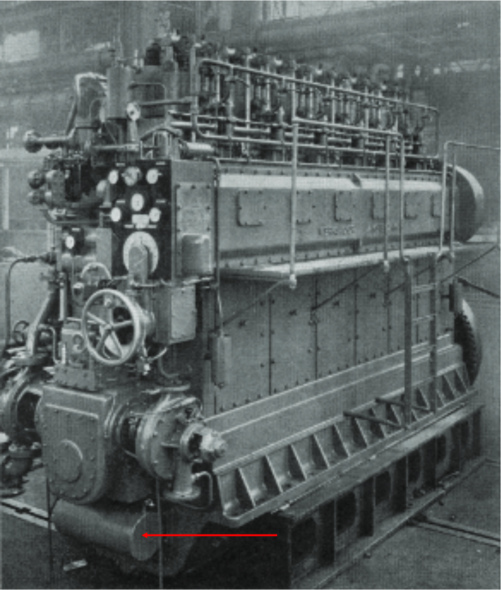
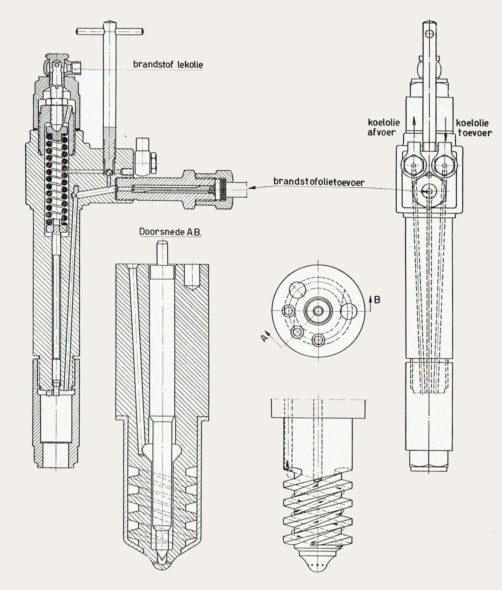
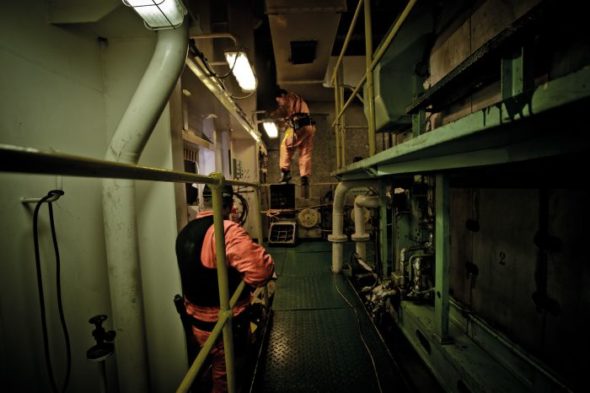
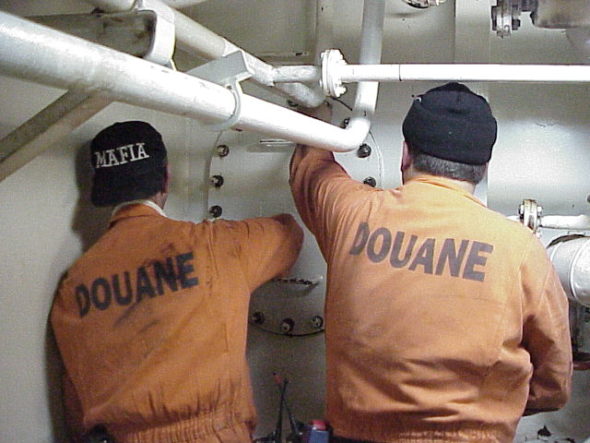
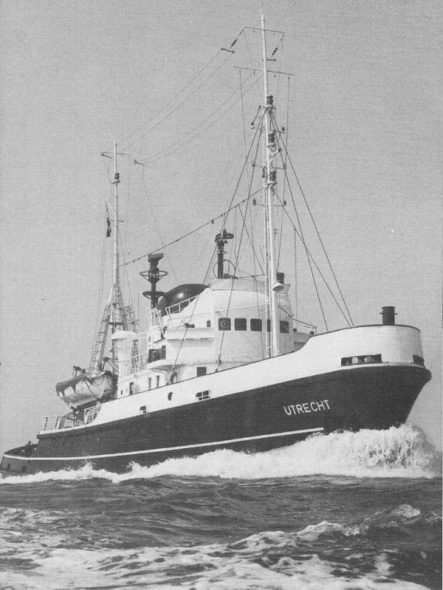

Leave a Reply